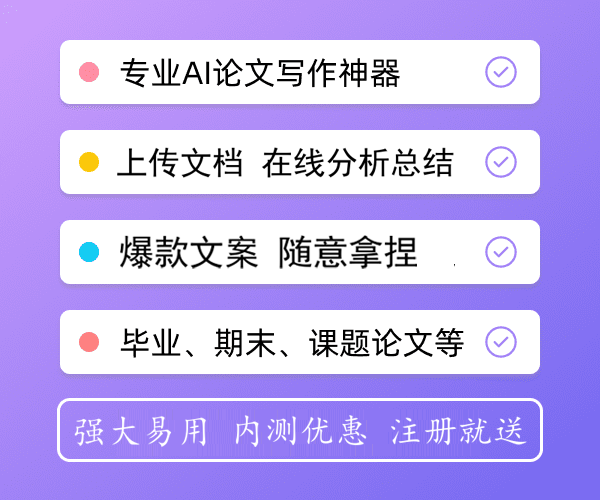动车组司机论文 高速铁路论文:高速铁路动车组司机人才开发研究
下面是好好范文网小编收集整理的动车组司机论文 高速铁路论文:高速铁路动车组司机人才开发研究,仅供参考,欢迎大家阅读!

高速铁路论文:高速铁路动车组司机人才开发研究
【中文摘要】目前,中国铁路已全面进入“高铁时代”。随着高速列车的大量开行、新技术、新设备的大量投入使用,高速铁路人才队伍建设工作已显得尤为重要。动车组司机作为高速铁路人才队伍中的骨干力量,其整体素质和能力的提高对于高速铁路运行安全至关重
要。然而,受铁路传统用人体制的限制,当前动车组司机评价、选拔、培训等方面的管理机制还很不健全,难以适应未来高速铁路发展对动车组司机队伍素质的要求。因此,研究如何建立一套系统科学的高速铁路动车组司机人才开发体系,从既有机车司机中开发高速铁路动车组司机人才,成为当前迫切需要解决的课题。本文通过对高速铁路动车组司机人才开发的现状分析,总结出动车组司机人才在人员结构、选拔和培训的方式等方面存在的问题和原因,最后提出了动车组司机人才资源开发的对策,即:优化机务运用系统人才资源配置;建立动车组司机人才评价体系、选拔体系、培训体系和保障体系,并通过构建动车组司机人才资源开发管理系统实现了动车组司机人才评价、选拔、培训、考评的计算机信息网络化管理。本文是在我国全面建设和发展高速铁路的背景下,针对高速铁路动车组司机人才开发的研究,通过建立系统科学的高速铁路动车组司机人才开发体系,优化和改进当前动车组司机人才开发方式,有效地解决了当前动车组司机人才开发中存在的问题,为我国高速铁路动车组司机人才开发研究提供了有力的理论依据。此外,本文的研究方法具有一定的铁路企业特色和实
践操作性,对于高速铁路其他专业人才开发具有一定的借鉴和参考作用。
【英文摘要】Nowadays Chinese Railway has entered the
“High-speed railway age.” With a large number of new
high-speed trains driving, a large number of new technology and new equipment put into use, high-speed railway human resources construction has become particularly important.EMU drivers is the backbone of high-speed railway, the improvement of overall quality and capabilities is eential for the safe operation of high-speed railway.However, because of the the restrictions of traditional employment system, the current management
mechanism of EMU drivers’evaluation, selection and training, is still not strong, it is difficult to adapt to the
requirements of EMU drivers quality for future high-speed railway development.Therefore, studying how to build a
systematic and scientific high-speed railway EMU drivers human resources development system, develop high-speed railway EMU drivers from the current locomotive drivers, become an urgent subject which need to resolve.Through the current status analysis of high-speed railway EMU drivers human resources development, conclude the iues and reasons of the aspect of EMU drivers human resources structure, selection and training,
and finally propose EMU drivers human resources development strategy:optimize locomotive operation system human resources allocation; establish EMU drivers human resources evaluation system, selection system, training system and support system, and through constructing EMU drivers human resources
development management system, implement computer information network management of EMU drivers human resources evaluation, selection, training, and aement.This article is in the background of comprehensive construction and development
high-speed railway in China, point against high-speed railway EMU drivers human resources development research, through establishing systematic and scientific high-speed railway EMU drivers human resources development system, optimize and improve current EMU drivers human resources development
methods, effectively resolve the iues in current EMU drivers human resources development, provide a strong theoretical basis for Chinese high-speed railway EMU drivers human
resources research.In addition, the research methods have railway companies characteristics and practical operation, has certain reference for high-speed railway other profeional human resources development.【关键词】高速铁路 动车组 人才开发
【英文关键词】High-speed RailwayEMUHuman Resources Development
【目录】高速铁路动车组司机人才开发研究
6-7Abstract7第一章 绪论10-1
41.2 研究内容与方法
12-141.3.1 研究思第二章 文献
2.1.1 人才
2.1.3 人才
2.2 国内摘要1.1 论文研究的背景和意义10-1111-1211-12路121.2.1 研究内容111.3 论文研究思路和框架1.3.2 论文结构和基本框架综述14-22142.1 相关概念界定14-152.1.2 高速铁路动车组司机人才14-152.1.4 动车组司机人才开发1
515-22资源开发15外研究现状及启示
233.1.2 机务运用系统管理组织机构3.1.4 高速3.1.3 全路机车乘务员总体概况23-25
铁路动车组司机人才选拔培训现状25-27
析30-313.2 高速铁路动车3.2.1 年龄结构分析3.2.3 技术等级分3.2.2 文化程度分析29-303.3 高速铁路动车组司机人才开发存在的问题
34
34-353.3.3 动车组司机人才流失严重3.4 高速铁路动车组司机人才开发存在问题的成因3.4.1 动车组司机人才选拔机制不科学3.4.2 动车组司机人才培训机制不健全3.4.3 动车组司机人才激励机制不完善35-36
4.1 第四章 高速铁路动车组司机人才开发体系的建立36-57
优化动车组司机人才资源配置36-37
才评价体系37-42
38
38-394.2 建立动车组司机人4.2.1 建立动车组司机人才评价体系的意4.2.2 建立动车组司机人才评价体系的总体思路4.2.3 动车组司机岗位要求和工作环境分析4.2.4 建立动车组司机胜任素质模型39-424.3 建立动车组司机人才选拔体系42-48
选拔工作的重要意义
51-524.5 建立动车组司机人才保障体系4.5.1 建立动车组司机跟踪分析机制4.5.2 创新动车组司机激励机制52-544.5.3 建立科学的竞争淘汰机制54
60-62 结论57-594.6 建立动车组司机人才开发管致谢59-60参考文献
《高速铁路论文:高速铁路动车组司机人才开发研究.doc》











